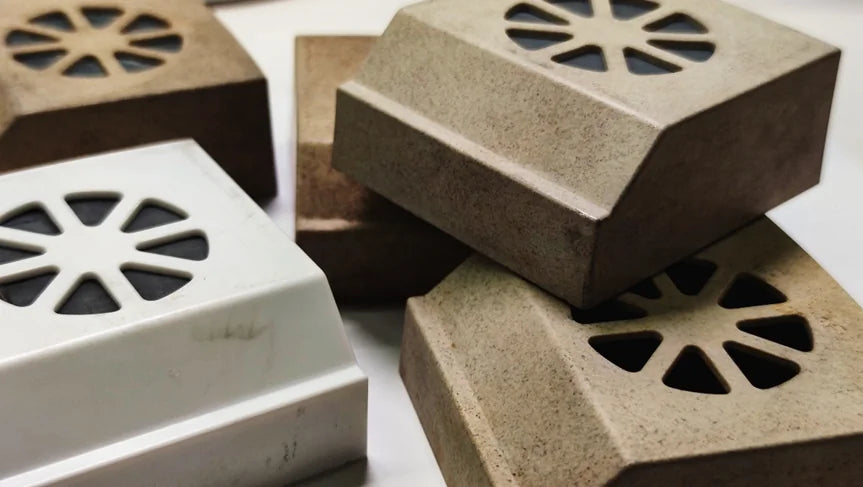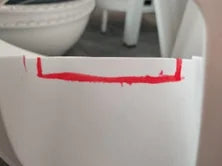In AIMICAT's core functionality lies the task of filtering waste and subsequently depositing the filtered feces into the waste compartment. However, during the practical utilization of mass-produced AIMICAT units, an issue surfaced where a significant number of fecal clumps were being expelled outside the litter sphere, necessitating additional manual intervention for cleaning—clearly not aligned with our original intent.
To tackle this challenge, we initiated an assessment of the typical size of cat feces and created numerous artificial waste clumps for reference. This was followed by a series of simulated defecation processes. We made adjustments to the operational sequence, retested it, and repeated the process several times. Each test required thorough scrutiny to ensure that none of the 20 sets resulted in waste spillage. However, the entire testing cycle couldn't be too prolonged, as it would adversely affect customer perception.
Ultimately, we devised a procedure where, during the defecation process, the litter sphere would pass the waste opening three times, with appropriate pauses in between. This approach effectively resolved the issue at hand, constituting a cautious operational choice.
Despite implementing this conservative solution, we encountered less-than-optimal user experiences afterward, with complaints about extended defecation cycles. Consequently, in AIMICAT Pro devices, we further shortened the cycle to one-third of its previous duration, greatly enhancing the user experience. However, it's important to note that this improvement was accompanied by optimizations of other components.





Leave a comment
All comments are moderated before being published.
This site is protected by hCaptcha and the hCaptcha Privacy Policy and Terms of Service apply.